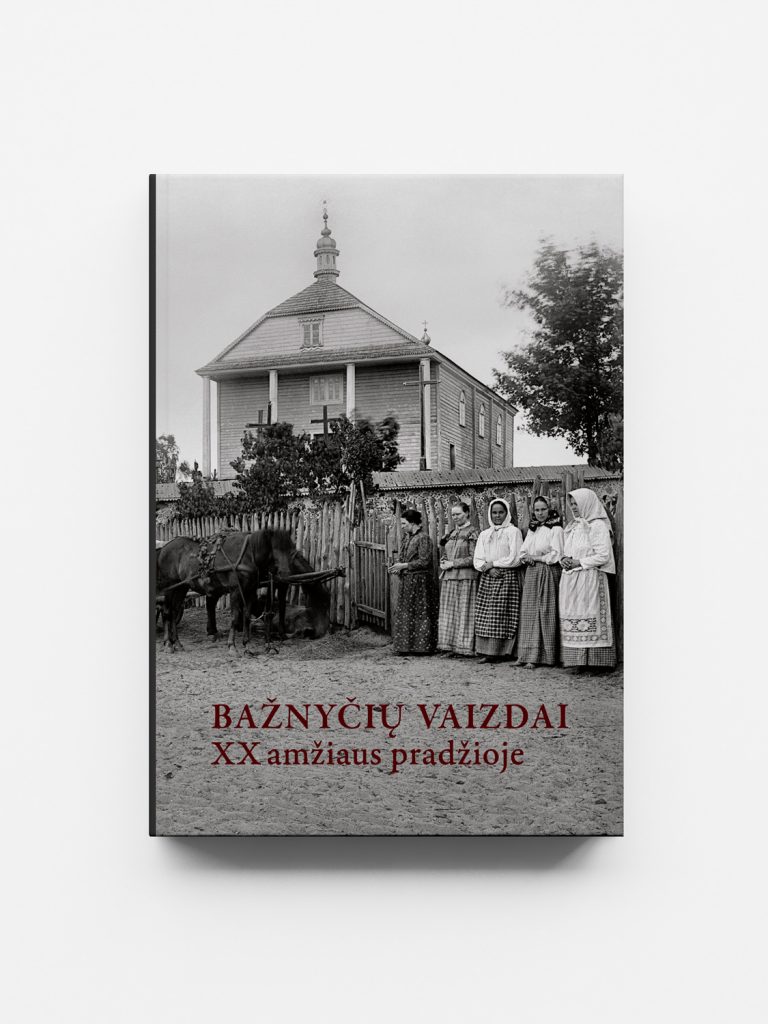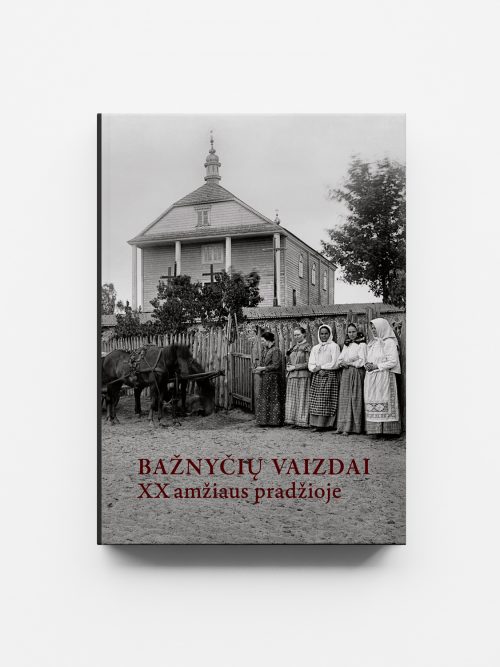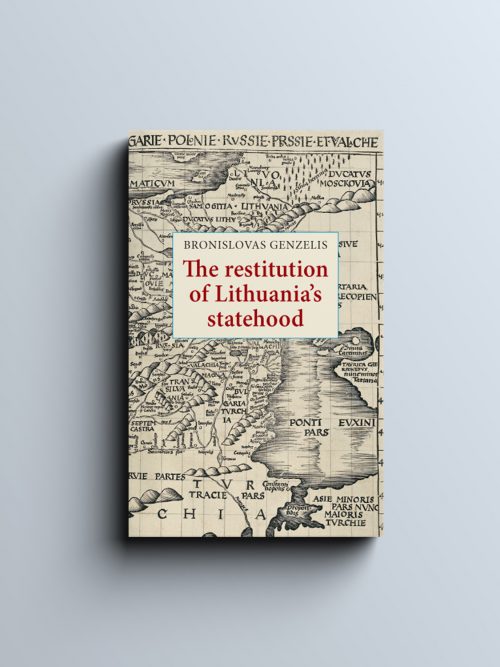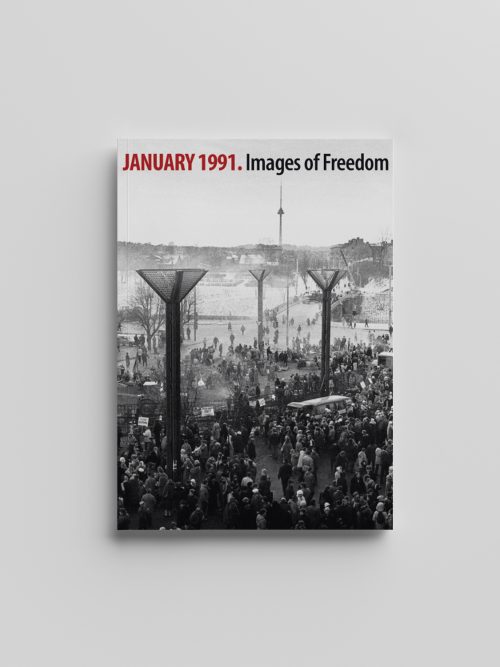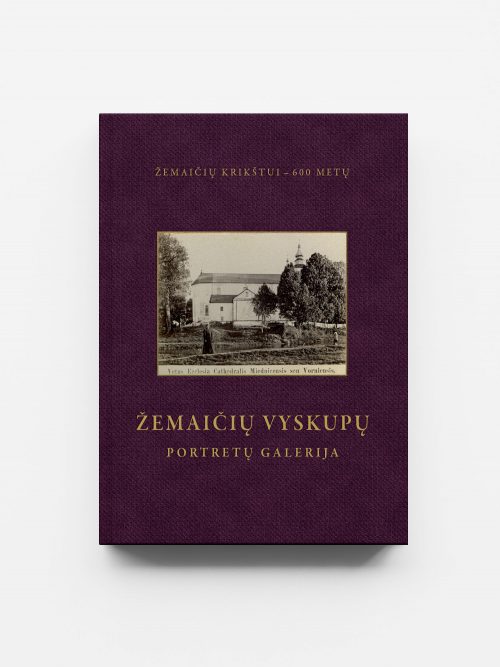Description
This publication presents for the first time the entire collection of surviving glass negatives depicting church views from the early 20th century, currently preserved in the museums of Kaišiadorys and Lithuania. The collection consists of 207 negatives capturing images of ecclesiastical architecture from the early 20th century, including parish churches, chapels, monasteries, and churches. The book is complemented by photographs of sanctuaries attributed to the same author from the collections of the Lithuanian National Museum of Art, Lithuanian Art Museum, and the Central State Archives of Lithuania. This is a unique iconographic material featuring architectural monuments created by both folk craftsmen and professionals, many of which were destroyed during the First and Second World Wars or gradually deteriorated and rebuilt over time. The published photographs are among the oldest and most authentic visual documents of many Lithuanian churches, supplementing and illustrating existing written sources. The author traditionally credited with these glass negatives in Lithuanian historiography is the photographer Adomas Daukša, who worked in Vilnius. However, the issue of authorship is not entirely clear, as Belarusian architectural researchers attribute them to the photographic lens of the ethnographer Jan Balzunkevičius, who lived in the early 20th century.
The geography of the featured ecclesiastical architecture objects extends beyond the territory of present-day Lithuania, covering the ethnographic area of Lithuania that spread eastward and southward beyond the current borders of the Lithuanian state. The negatives capture churches from the Vilnius, Kaunas, and Grodno gubernias grouped by confessional affiliation and the boundaries of contemporary church administrative entities (dioceses, parishes).
The publication is dedicated not only to researchers of Lithuanian, Belarusian, and Polish cultural heritage—historians, art historians, museum professionals—but also to all those interested in the history and heritage of their homeland.
The publication preparation and publishing were partially funded by the Cultural Heritage Department under the Ministry of Culture.

